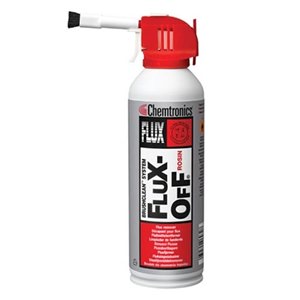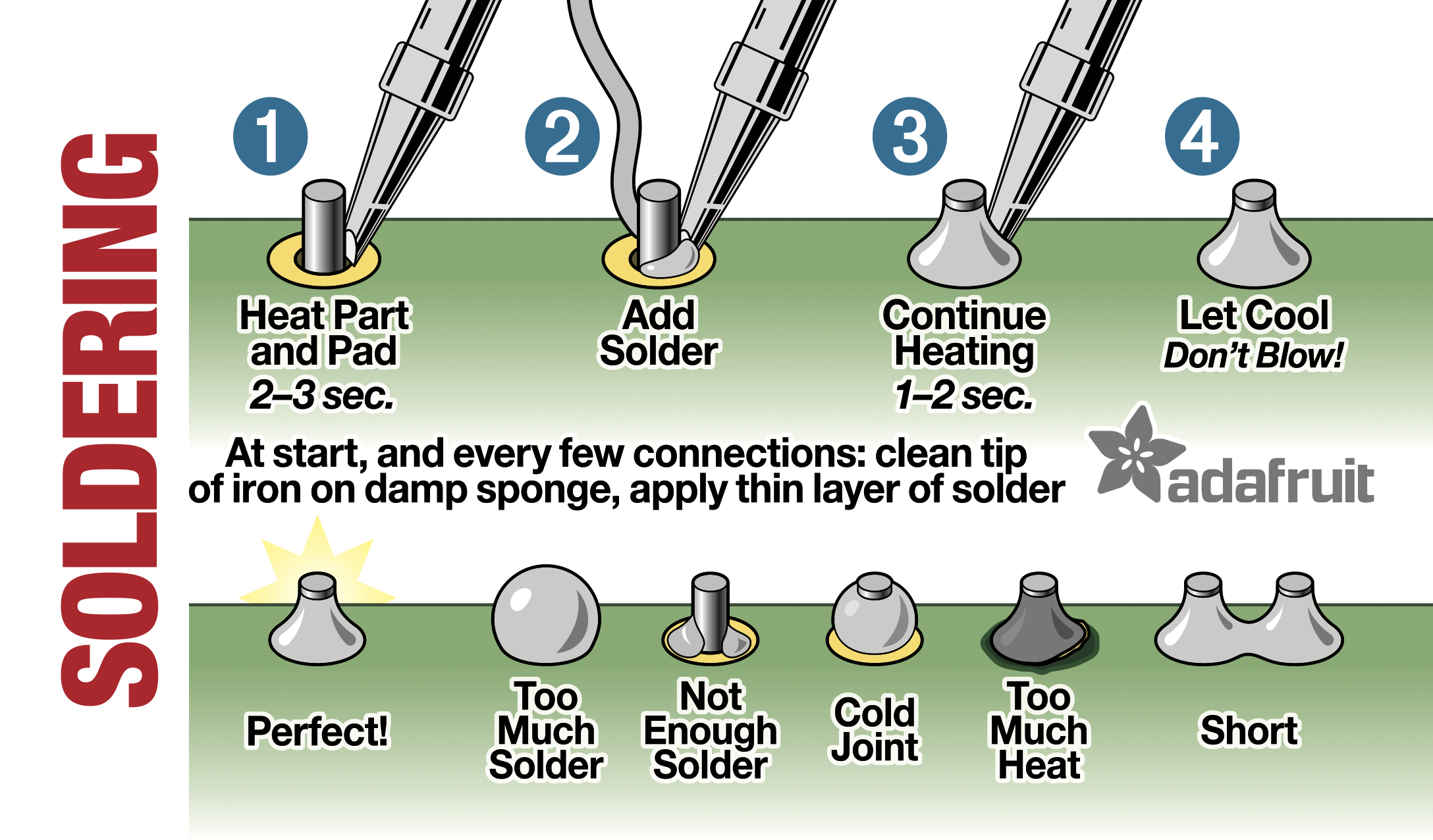
Usually difficult or tedious to work with, since it requires joints to be well-fluxed before application. Plain solder without a flux or rosin core. The solder wire you commonly see has a hollow core inside, you can say the solder wire is a tube-like structure, inside this tube, there can be different materials, and depending upon the material, it is differentiated into four categories a list of those is given below. Lead-free solder is much less free-flowing (wettable) as compared to Leaded solder, which might make soldering a lot more difficult.This can lead to shorting with nearby joints. Solder alloys containing mainly Tin can develop whiskers over time, in a solder joint.The elevated temperatures required to work with Lead-free solder increase the amount of flux (and to a smaller extent the amount of actual metal vapor produced) which can be a health hazard.They can corrode the tip of a soldering iron much faster than regular flux. The fluxes used with Lead-free solder are generally more corrosive and are more of an irritant than the fluxes used for Leaded solder and must be dealt with more carefully.The higher melting point contributes to the problem. The general usability of Lead-Free solder is considered to be much harder than Leaded solder.Important Parameters to Consider While Choosing Leaded and Lead-Free Solder: Sn – Tin, Pb – Lead, Cu – Copper, Ag – Silver

This property eliminates the formation of cold joints.ĥ0/50 – This mix is primarily used for plumbing with high melting points and low ductility.Ĭomparison of The Properties of Similar Leaded and Lead-Free Solder: It tends to break apart very easily.Ħ3/37 – This is the eutectic counterpart of 60/40 solder, melting at precisely 183☌.

But if the joint is moved before the solder has time to fully melt, the resulting joint is called a ‘cold joint’ and has poor electrical and mechanical properties. It melts at around 190☌ and forms soft joints, leading to joints that do not crack. A list of the most common types of lead-based solder is given below.Ħ0/40–It is perhaps the most well-known and ubiquitous type of lead solder, it consists of 60% Tin and 40% Lead. Generally, leaded solder is considered the best, because of its good wetting and mechanical properties. Leaded solder is the most common type of solder. Meanwhile, SAC305 has a melting point between 217 - 219☌. Of the above alloys, SAC387 and SAC405 are eutectic, meaning they have the same melting and solidification point, in this case, 217☌. Next, we have SAC405 that has Tin with 4%, Copper 0.5%, and Silver. Next, on the list is SAC387, which is Tin with 3.8%, Copper 0.7%, and Silver.

It is made up of Tin with 3% Copper and 0.5% Silver, used in SMT assembly. The most common lead-free solder alloy you can find is SAC305. Lead-free solders are RoHS (Reduction of Harmful Substances) standard compliant and better for the environment, with the harmful effects of Lead on the environment being well known. Instead, the solder is made mostly of tin alloyed with other metals, such as Silver and Copper. Depending on the type of composition, solder can be classified as:Īs the name suggests, it is devoid of lead. The technique to use a low-melting-point alloy to fuse two materials is around for years, but in the case of solder, it's generally tin, lead, and flux. Solder is a fusible alloy with a low melting point that is used to bond metal in any circuit board. So, without further ado, let's get started. That is why in this article, we will tell you all you need to know about different types of solders, their uses, and implementations. But most of the time, soldering is taken for granted, and often we easily overlook solder choice, but the proper selection and use can make a big difference in the quality and reliability of solder joints. When it comes to assembling industrial-grade electronic circuits, solder and soldering wire are the major factors that determine the overall quality and longevity of the circuit board.


 0 kommentar(er)
0 kommentar(er)
